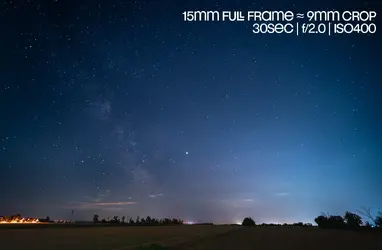Nice photos!
I've given up temporarily as there has just been way too much have or outright cloud cover/rain. I tried getting Jupiter too but what I mostly saw was atmospheric distortion.
That's normal for planets. The issue with plans is that they have a very small angular size. The moon, for example, is roughly 30 arc-minutes from edge to edge. Jupiter, on the other hand, is a mere 44 arc-minutes edge to edge (and that's only because we are roughly a month after 'opposition' (opposition is typically when we are at the closest point in our orbits -- that's not strictly true due to the slightly elliptical shapes of our orbits, but it works as a generalization). But this small size means it takes almost nothing to distort the image.
To image planets, an astrophotographers will typically shoot 30 seconds worth of video at a fairly high frame rate *and* at a at a fairly high focal ratio (e.g. something around f/25-f/30 range but it really depends on the size of the scope and the pixel pitch of the camera sensor).
The video frames are stacked using a program such as AutoStakkert ... and then processed further to improve contrast using wavelet processing, etc. (there are numerous articles and YouTube videos on how to do this).
The stacking algorithm goes through all the frames and looks for just the best of the bunch (it is sometimes called "lucky imaging" because from time to time in all that distortion you get the occasional clear frames.). You might take the best 10% and reject the rest (or maybe even less than the best 10%). Only the best frames get stacked.
Jupiter is a fast spinning planet. Damien Peach (arguably one of the best planetary imagers in the world) recommends you don't get more than 30 seconds worth of video frames. This is because the spin of the planet means that as you overlay more frames, you can create blur in the image because the they don't match up. You might think 30 seconds is crazy for such a huge planet (it completes a rotation roughly every 10 hours). Even the least conservative planetary images wont grab more than 2 minutes worth of frames ... but the better images who do grab more data will use de-rotation software like WinJupos to "de-rotate" the frames.
Traditional camera sensors aren't very good at this. I use a ZWO ASI174MM (that's the camera make & model) because it has an electronic "global" shutter instead of an electronic "rolling" shutter (which is what most DSLRs use). This allows it to have a particularly fast frame rate (that particular camera can shoot 160 frames per second at full resolution and the real issue is whether the computer can keep up with the high rate that the data is coming in *because* you want non-lossy frames and many video algorithms use lossy-compression algorithms.
It's a bit more work to acquire and process than traditional photography.










![[No title]](/data/xfmg/thumbnail/42/42277-63576745f84be96df79b94ca0f49e00b.jpg?1734176687)





